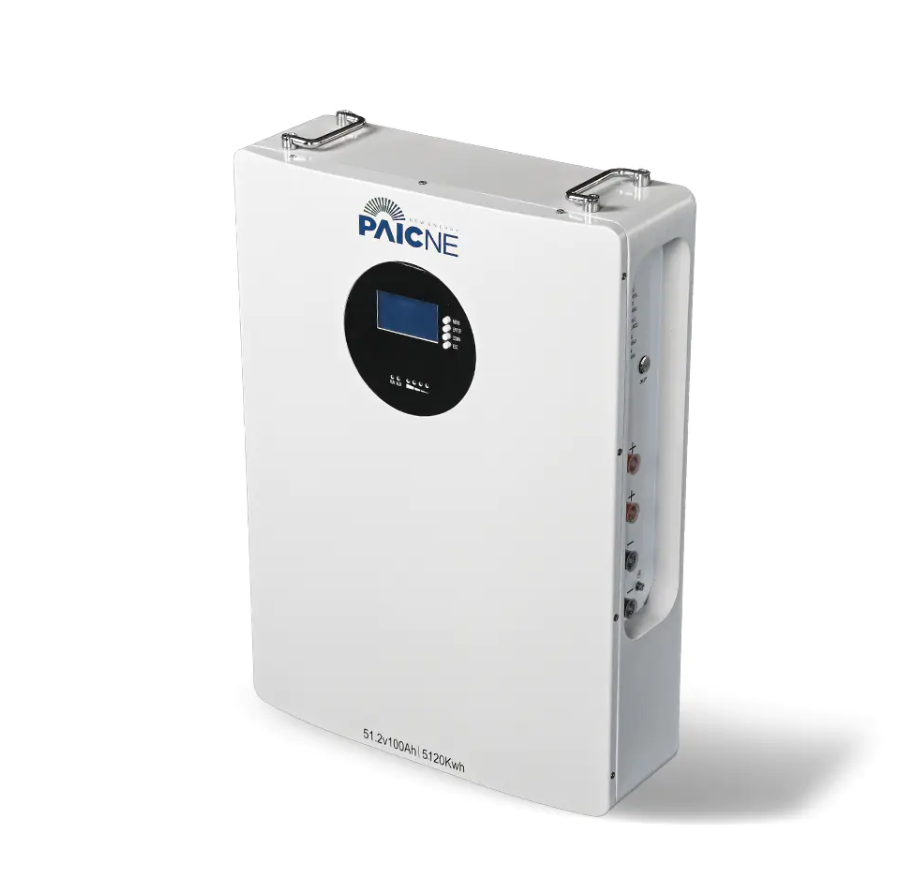The Importance of Protective Mechanisms for Overcharge and Overdischarge in Wall-Mounted Batteries

Overcharge and overdischarge protection are essential safety features in any modern energy storage device, including wall mounted battery. These protections ensure that the battery operates within safe voltage limits, preventing damage to the battery cells and extending the overall lifespan of the system. Since wall-mounted batteries are often installed in homes or commercial settings where they serve as critical backup or renewable energy storage, having reliable protective mechanisms is crucial for both performance and safety.
Wall-mounted batteries commonly incorporate advanced battery management systems (BMS) that continuously monitor the voltage of individual cells or battery modules. The BMS is programmed to detect when the voltage approaches unsafe thresholds, either too high or too low. When an overcharge condition is detected, meaning the battery voltage exceeds its maximum safe limit, the system will automatically stop or reduce charging current to prevent damage. This prevents harmful chemical reactions inside the cells, which can cause swelling, overheating, or even thermal runaway in extreme cases.
Similarly, overdischarge protection is designed to prevent the battery voltage from falling below a minimum safe level. Deep discharge can cause irreversible damage to battery cells, reduce capacity, and shorten the battery’s useful life. The BMS intervenes by stopping the discharge process or limiting power output when the voltage approaches the lower limit. This safeguard ensures that the battery maintains enough charge to preserve cell health and be ready for the next charging cycle.
The presence of these protections not only safeguards the internal components but also enhances user safety. Overcharged or deeply discharged batteries are prone to failure modes that could lead to smoke, fire, or toxic gas emissions. By maintaining operation within specified voltage windows, wall-mounted batteries reduce these risks significantly. Furthermore, these protections improve overall system reliability, providing consistent and predictable energy storage performance that users can depend on.
Many wall-mounted batteries also include additional safety features related to overcharge and overdischarge. These may involve temperature sensors that prevent charging if the battery is too hot or cold, as extreme temperatures can exacerbate damage risks. Some systems offer notifications or remote monitoring capabilities, alerting users to potential issues before they become critical. This proactive approach allows for timely maintenance or adjustments to the charging system to further protect battery health.
It is important to note that while the battery management system plays a central role, the entire charging infrastructure must be compatible and well-matched with the battery specifications. Chargers designed to work with wall-mounted batteries include protocols to communicate with the BMS and follow its directives to stop charging or discharging at the correct times. This coordination ensures the protective features function as intended and prevents misuse or overloading.
In summary, wall-mounted batteries are equipped with essential overcharge and overdischarge protection mechanisms managed by sophisticated battery management systems. These protections prevent voltage extremes that could damage cells, degrade performance, or pose safety hazards. By incorporating these features, wall mounted battery systems offer enhanced durability, safety, and reliability for residential and commercial energy storage applications.
Product Features:
1. Cabinet design
2. Multi-level parallel expansion
3. Long life
4. High safety
5. Environmental protection and energy saving
6. Flexible configuration
- Art
- Causes
- Crafts
- Dance
- Drinks
- Film
- Fitness
- Food
- Games
- Gardening
- Health
- Home
- Literature
- Music
- Networking
- Other
- Party
- Religion
- Shopping
- Sports
- Theater
- Wellness


